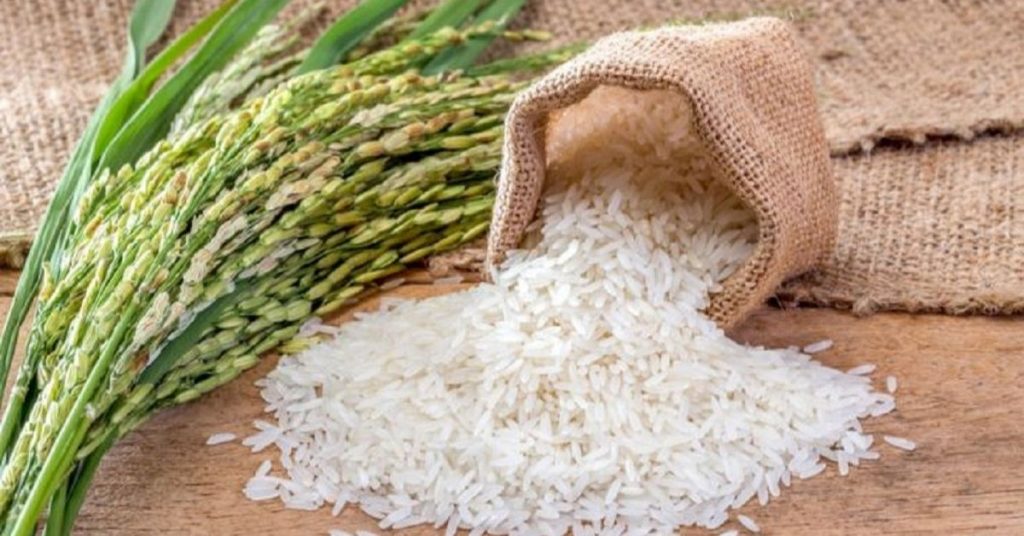KATHMANDU: The government’s data since the last one decade indicate the country’s rising dependency on rice. In fiscal year 2012-13, rice worth Rs 20 billion was imported in the country and the figure rose by 150 percent to reach Rs 50 billion in the first eleven months of the current fiscal.
According to the Department of Customs, in the first eleven months of the current fiscal, rice, fragmented rice and husk powder worth Rs 50 billion were imported into the country.
Nepal mainly imports rice from India, China, Vietnam, the United States of America and Thailand.
According to the Ministry of Agriculture and Livestock Development, the import of fine and aromatic rice make up 70 percent in the import chart and high-class people and hotels are the users of these varieties of rice products.
The government in the budget for the current fiscal year had announced to make the country self-sufficient on rice by the next five years. Though the government had planned to increase rice production through the Prime Minister Agriculture Modernisation Project since the fiscal year 2073-74 BS, it is yet to yield any positive result.
The country during the fiscal year 2012-13 imported 454,503 metric tons of rice. According to government data, out of around 310,000 hectares of arable land in Nepal, paddy farming is possible on fifty percent of those land. The National Census of Agriculture 2011-12 conducted by the Central Bureau of Statistics shows that 100,000 hectares of land has remained unused in Nepal.
The Agriculture Census is conducted in every 10 years in Nepal. The seventh agro census was conducted from April 19 and concluded on May 2 in the country this year. Hemraj Regmi, an official at the Central Bureau of Statistics, said it will still take seven months to make the results of the census public.
There isn’t any authentic detail about how much arable land have been turned into plotting, as well as eroded by river till the date.
Although every government since the past three fiscal years has been declaring to bring a strict law prohibiting people from keeping their land barren, it has not been implemented yet.
The issue of increasing paddy production through land plotting of arable land, collective farming has been raised in every budget, but the implementation side is weak, said agronomist, Laba Prasad Tripathi.
Out of ten consecutive years, Nepal saw highest production of rice in the fiscal year 2020/21 at 5.621 million metric tonnes. Rice was planted across 1,473,478 hectares of land. But the same year Nepal imported rice worth Rs 45 billion.
The arable land and pocket areas for paddy cultivation have been continuously diminishing since the fiscal year 2003/04, the Ministry’s data shows. Paddy cultivation done across 1,477,378 hectares land in 2003/04 shrunk to 82,058 hectares over 19 years.
Rice worth around Rs 200 billion was imported from fiscal year 2015/16 to 2020/21. Rice, the staple crop of the country, is grown in around 1.5 million hectares of land and it requires around 6 million metric tonnes of rice annually to feed around 30 million population of the country.
Experts emphasize cultivation of rice during spring (mid-March to mid-April), availability of fertilizers, seedlings and irrigation facilities for boosting rice production in the country.
Nepal Agricultural Research Council’s former senior scientist Dr Bhawa Prasad Tripathi viewed that Nepal could again gain self-sufficiency in rice within five years if the government takes into account a number of measures such as construction of big irrigation projects, plantation of monsoon season paddy crop on 400,000 hectares of land and to prevent fishery industries in the land suitable for rice production.
-RSS

